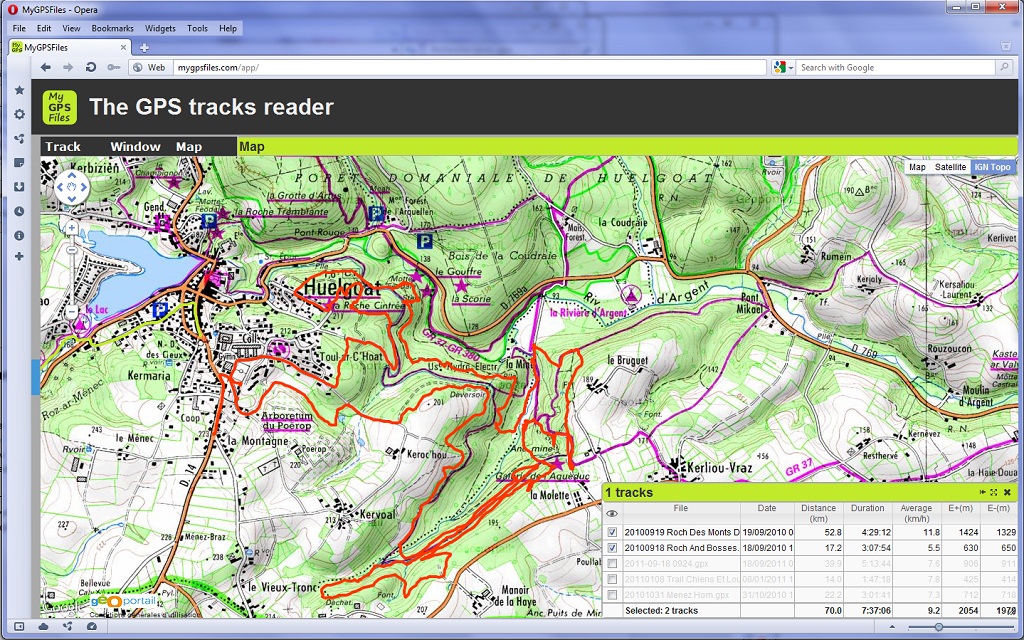

It is intended to ensure the route model does not separate at low elevations. Base heightĪ base adds an extra layer at the bottom of the model. The path width is the thickness of the extruded route. The route may be rotated 90 degrees to fit at a larger scale if possible. The output model is scaled to the maximum size that will fit in the given dimensions. Bed width and Bed heightīed dimensions advise GPXtruder of the available print area. Size options control the size of the output. If markers are enabled, a menu will appear in the output panel allowing you to toggle between the Profile and Markers models. Markers are generated as a separate model. Select Other interval to enter a custom interval the default custom interval is 5 miles ( 8047 meters). Select Kilometers or Miles to place markers at each kilometer or mile along the route. Markers are rectangular pillars indicating the location, orientation, and elevation of regular intervals along the route. A basemap is displayed only if the Map style is selected. The Ring option rolls the elevation profile into a circle so the start and end of the route meet. The Linear option unwinds the route into a straight line like a conventional elevation profile. The default Map style preserves the 2D course of the input GPX track. Model options determine what kind of output is generated. An interval value of 0 disables smoothing.
#GPX VISUALIZER 3D MANUAL#
For more precise control, select Manual minimum interval points that are closer together than the specified interval will be discarded. Automatic smoothing is enabled by default. However, it may also reduce the route length and alter the shape or location of corners and curves. Smoothing removes irregularities and reduces the geometric complexity of the output, decreasing file size and processing time. (If the minimum elevation is below sea level, that will be used instead.) Elevation clipping is enabled by default. If disabled, the vertical extent will span from sea level to the route's maximum elevation. If clipping is enabled, the vertical extent of the output is limited to the span between the route's minimum and maximum elevation. Try larger factors like 10 or 15 to emphasize hills or enhance the appearance of flat terrain. The minimum value is 1 (indicating no exaggeration).

This factor is applied to each elevation value. Route options affect how the input GPX track is processed. If GPXtruder reports that your file does not contain any elevation data, run it through GPS Visualizer's DEM database to create a copy that includes elevation data and try again. Some sources provide elevation data and some do not. (Processing is actually performed by your browser no files are transmitted.) Alternatively, select Sample GPX and choose a built-in route if you just want to try things out. Use the Input panel to select a GPX track and configure how it will be converted to a 3D model. The interface is divided into two main sections, described in more detail below: the input panel and the output panel. Make 3D-printable elevation models of GPX tracks.


 0 kommentar(er)
0 kommentar(er)
